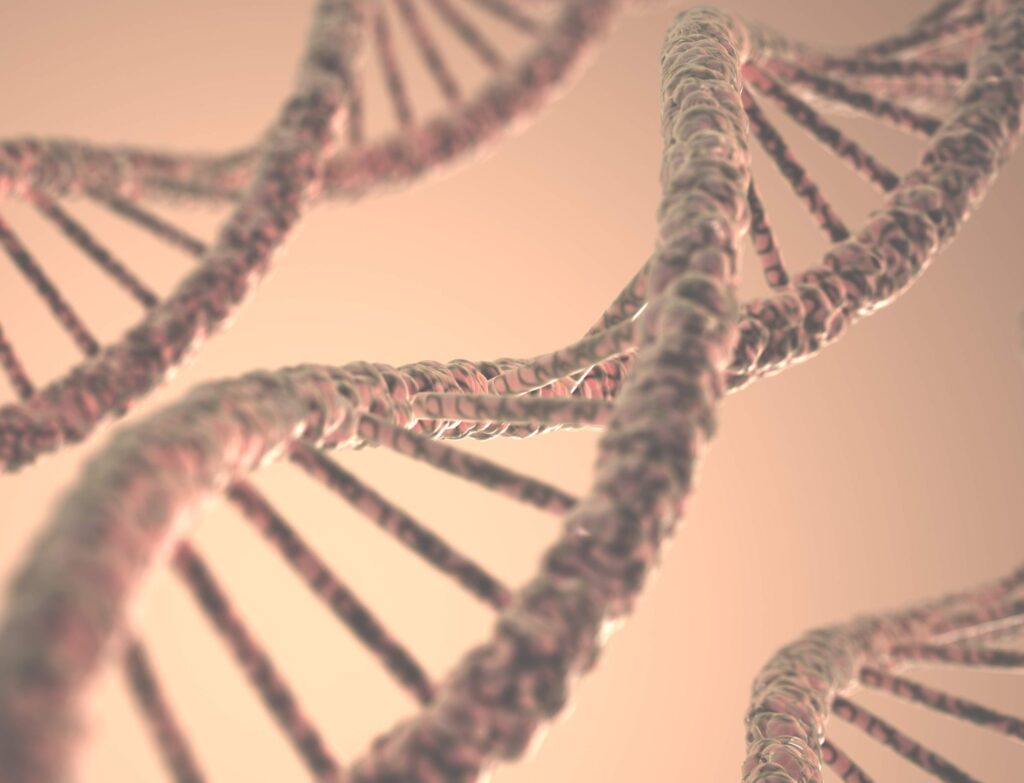Why Is The Consumption of Nanoplastics Such a Big Deal?
Humans are exposed to an increasing amount of plastics everywhere, and the consequences of this fact is showing up in deteriorated health. From Tupperware, to shampoo bottles, drinking water, and toothbrushes, plastic has become a part of nearly every human activity. The issue is that the plastics are not staying outside of the body, instead they are being consumed and stored in the body in micro doses.
Plastics found in the human body are called micro plastics and nanoplastics (MNPs) and are cause for concern as research and studies have demonstrated detrimental effects on human physiology from cardiovascular diseases, reproductive disorders, as well as negative effects on regulated hormone production. (1)
Most piping in homes and businesses are made of plastic, which means that even if you avoid drinking out of a plastic bottle, you may still be consuming plastic in your tap water. Plastic is everywhere, and even if each individual is cognizant of avoiding it as much as possible, there still remains a heavy toll on health from uncontrollable environmental factors.
Each individual can do as much as they can to avoid the consumption of plastic, but what about the plastics consumed unknowingly, or plastics that remain in the body as plaque build up along the arteries?
Find out why there is so much plastic coursing through the human body, how this is affecting health, and how sauna use may potentially aid in ridding the body of the heavy load of micro plastics.
Why are Microplastics Creating a Health Crisis?
According to Science Direct, humans consume, on average, one credit card size worth of plastic per week, this translates to 50 grocery size bags per year. (2) This high quantity of micro plastic consumption is causing serious problems for people of all ages including children not yet born to mothers who have spent a lifetime consuming micro plastics.

Micro plastics consumed either via the skin, through liquid consumption, food, or simply by breathing, causes cytotoxicity, which simply means that the toxicity of the plastic makes its way into the individual cell. This is why every portion of the body from the colon, to placenta, to the heart, can be poisoned by nanoplastics. In fact, in recent years, scientists have found that nanoplastics are causing mutations in the structure of DNA. (3)
The New England Journal of Medicine published an article entitled: ‘Microplastics and Nanoplastics in Atheromas and Cardiovascular Events’ concluded the following:
“In this study, patients with carotid artery plaque in which MNPs (Micro and nano plastics) were detected had a higher risk of a composite of myocardial infarction, stroke, or death from any cause at 34 months of follow-up than those in whom MNPs were not detected.” (1)
Dr. Shanna Swan PhD of Icahn School of Medicine at Mount Sinai is a world leader in the field of reproductive science. Her research has found that the amount of microplastics found in the foods that Americans consume is high enough to alter the physical appearance and function of sexual organs in younger generations. (4)
Dr. Swan’s body of research is deeply disturbing as it has traced the evolution of nanoplastics in humans over the courses of generations. Further, it is nearly impossible to function in modern society and avoid the consumption of micro plastics.
The negative risk to health and wellness for nearly everyone on earth, even those still in utero, is high because of the relentless absorption of plastic. Whether from your shower, your leftovers, or just the air you breathe, it may be impossible to fully avoid consuming plastics without a complete overhaul of societal structures. So, the real million dollar question is: How can we get rid of micro and nano plastics from our body once they are there?
Can Saunas Help Rid the Body of Microplastics?
It seems as if in addition to a few other detoxification methods, perhaps the most powerful way to eliminate microplastics from the body is through sweating. How you achieve the level of sweating to create a substantial difference on the plastic load you are personally carrying is not that important as long as you are able to reach a level of serious perspiration.

You may choose exercise, hot yoga, traditional saunas, sweat lodges, or infrared saunas. Among the most desired sources of heat for the purposes of detoxification is infrared light. This is because infrared light increases the body temperature to 101.5 degrees by penetrating into the soft tissues of the body. Because the air temperature does not need to reach as high a degree in infrared saunas to achieve elevated core body temperature, it is more comfortable to prolong the sauna session, which means that ultimately more sweating will occur. The more you are able to sweat, the more your body will be able to rid itself of toxicity within the cells of the body, as well as the hard plaque build-up along the arteries. (5)
Getting into a sauna or taking a hot yoga class at least 3-4 times a week for a minimum of 20 minutes may dramatically decrease your personal levels of nanoplastics and microplastics. Ideally, an infrared heat is used for detoxification, but any activity that induces copious sweating will help.
The Inescapable Omnipresence of Plastics Creates an Imperative Need for Regular Sauna Use
Until we reach a point as a society where we are no longer using pvc piping in our homes, schools, and offices; or until we reach a point where we can control the nanoplastics we inhale from our environment, there is not a whole lot each individual can do to avoid plastic consumption. Yes, perhaps by drinking out of glass containers instead of plastic ones, or purchasing a wooden toothbrush instead of a plastic one may help somewhat, the reality is that for even the most diligent of consumers it may not be possible to fully eliminate exposure to plastics from the environment.
The issue is the omnipresence of plastics in our collective environment, not just in our personal life choices. We can, however, make sure that we put active sweating on the top of our to do list. Whether you sweat while working out, during hot yoga or in a sauna, what matters most is that you SWEAT.
Saunas, sweat lodges, steam rooms are all examples of opportunities where you can increase the quantity of sweating that occurs. The more you are able to release fluids in this way, the higher the chances of ridding the body of nano plastics. By actively choosing to sweat at least 3-4 times per week, you may be able to save or prolong your own life, as well as those of your children.
If you do decide to use a sauna regularly please be sure to hydrate well before, during, and after each sauna session.
Sources Cited:


